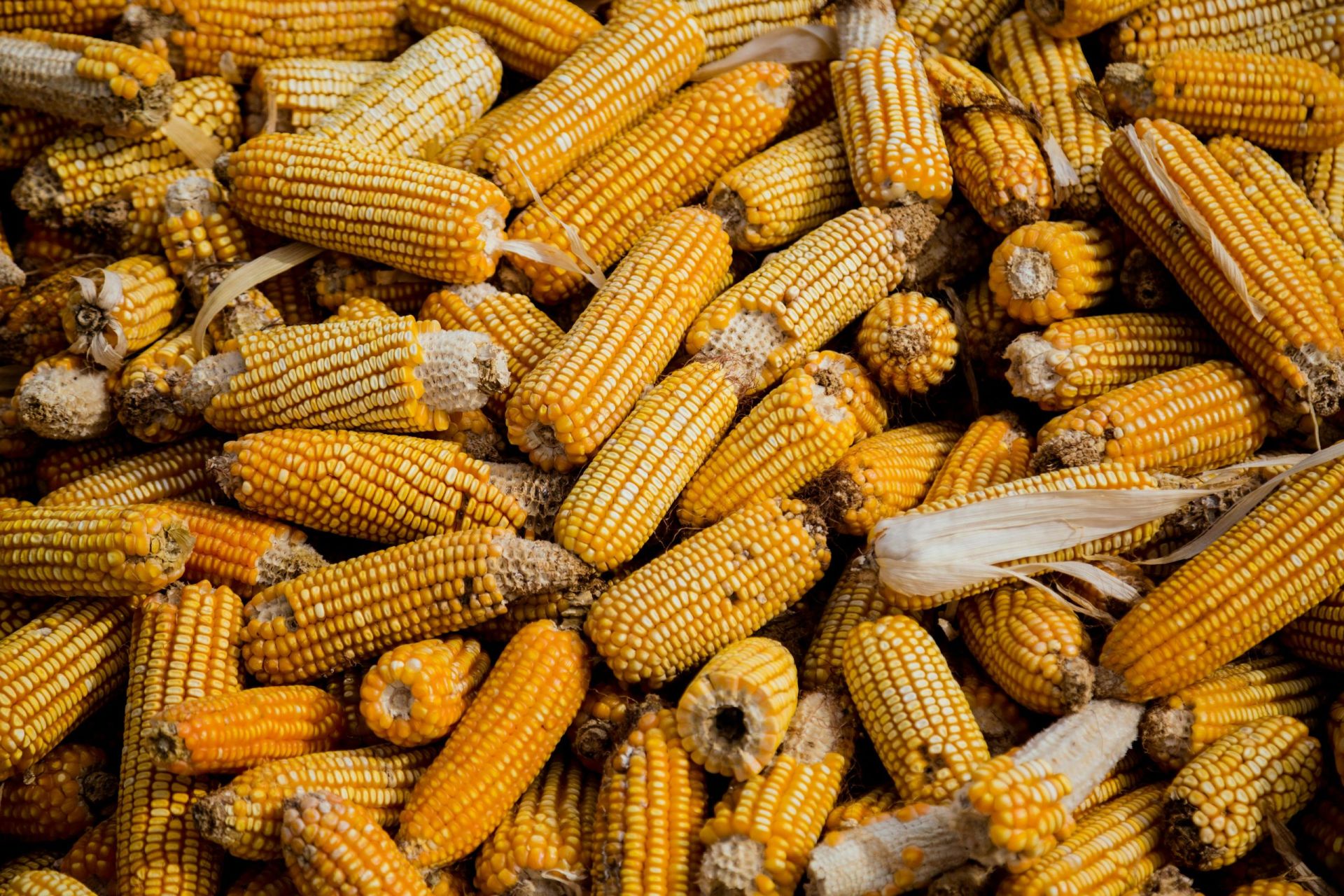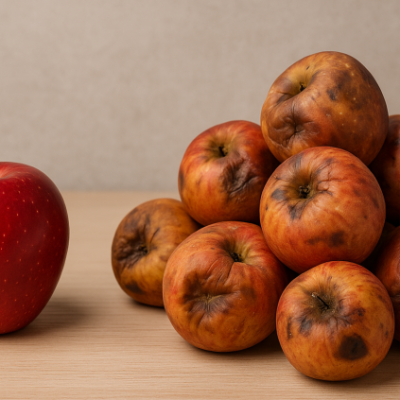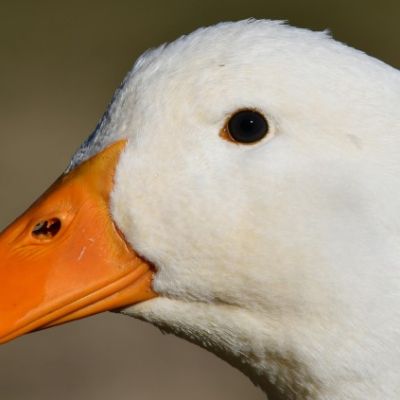Brazil stands as a global leader in agricultural production, consistently ranking among the top producers of vital crops and commodities. The country has cemented its position as:
- The world’s largest soybean producer and exporter, recently surpassing the United States.
- The leading sugarcane producer, driving the global sugar markets.
- The third-largest producer of corn, following the United States and China, with significant growth in exports.
- A key player in other agricultural products such as cotton, citrus, ethanol, and a variety of fruits and vegetables.
The Journey of Productivity Growth
Over the last 50 years, Brazil has seen remarkable increases in crop productivity. Thanks to advances in genetic improvement, the intensive use of agricultural inputs like fertilizers and pesticides, the adoption of biotechnology, and more recently, biological products.
For instance:
- Soybean yields have increased from 1.7 tons/ha to 3.2 tons/ha, a gain of 1.5 tons/ha.
- Corn yields rose from 1.6 tons/ha to 5.5 tons/ha, a gain of 3.9 tons/ha.
However, these impressive numbers are still far from the maximum potential yields that can be achieved in Brazil.
Estimating Brazil’s Yield Potential
Using methodologies such as Yield Gap Analysis (YGA), researchers can estimate the potential yield of crops under optimal conditions and compare it with actual field performance. This approach also helps identify how much productivity is constrained by biotic (e.g., pests, diseases) and abiotic (e.g., water availability, soil nutrients) factors.
For example, the National Soybean Maximum Productivity Challenge (promoted by the CESB – Brazil’s Soybean Strategic Committee) reveals the crop’s yield potential. These models estimate that Brazil’s agricultural productivity could increase 2.5 times if limiting factors like water scarcity, poor management, and suboptimal input usage are addressed.
Productivity Potential and Limitations
Here’s a breakdown of the yield gaps for some major crops in Brazil:
| Crop | Actual Yield (Ton/ha) | Potential Yield (Ton/ha) | Water Limitation (Ton/ha) | Input/Management Limitation (Ton/ha) |
|---|---|---|---|---|
| Soybean | 3.0 | 6.7 | 1.3 | 2.4 |
| Corn | 6.0 | 14.3 | 3.5 | 4.8 |
| Sugarcane | 81.8 | 155.5 | 21.4 | 52.3 |
| Rice | 2.6 | 9.7 | 0.7 | 6.4 |
The Path Forward
While it’s unlikely that these yield increases will be achieved in the short term, significant progress can be made by embracing technological and, more critically, behavioral changes among farmers.
A four-year study, conducted by a group of Brazilian researchers in collaboration with the University of Nebraska-Lincoln, revealed that Brazil could increase soybean productivity by 36% by 2035. This demonstrates a significant opportunity to enhance yields and, consequently, expand agricultural output.
Moreover, this improvement wouldn’t just boost productivity; it could also have a profound environmental impact. Closing the yield gap could potentially reduce greenhouse gas emissions by up to 58% compared to current trends, aligning Brazil’s economic aspirations with global environmental goals.
Conclusion: A Balancing Act Between Growth and Sustainability
The vast potential for increasing Brazil’s agricultural productivity presents a promising solution to balancing economic growth with environmental preservation. By addressing yield-limiting factors and adopting sustainable practices, Brazil can not only expand its agricultural footprint but also become a model for climate-resilient agriculture in the 21st century.















